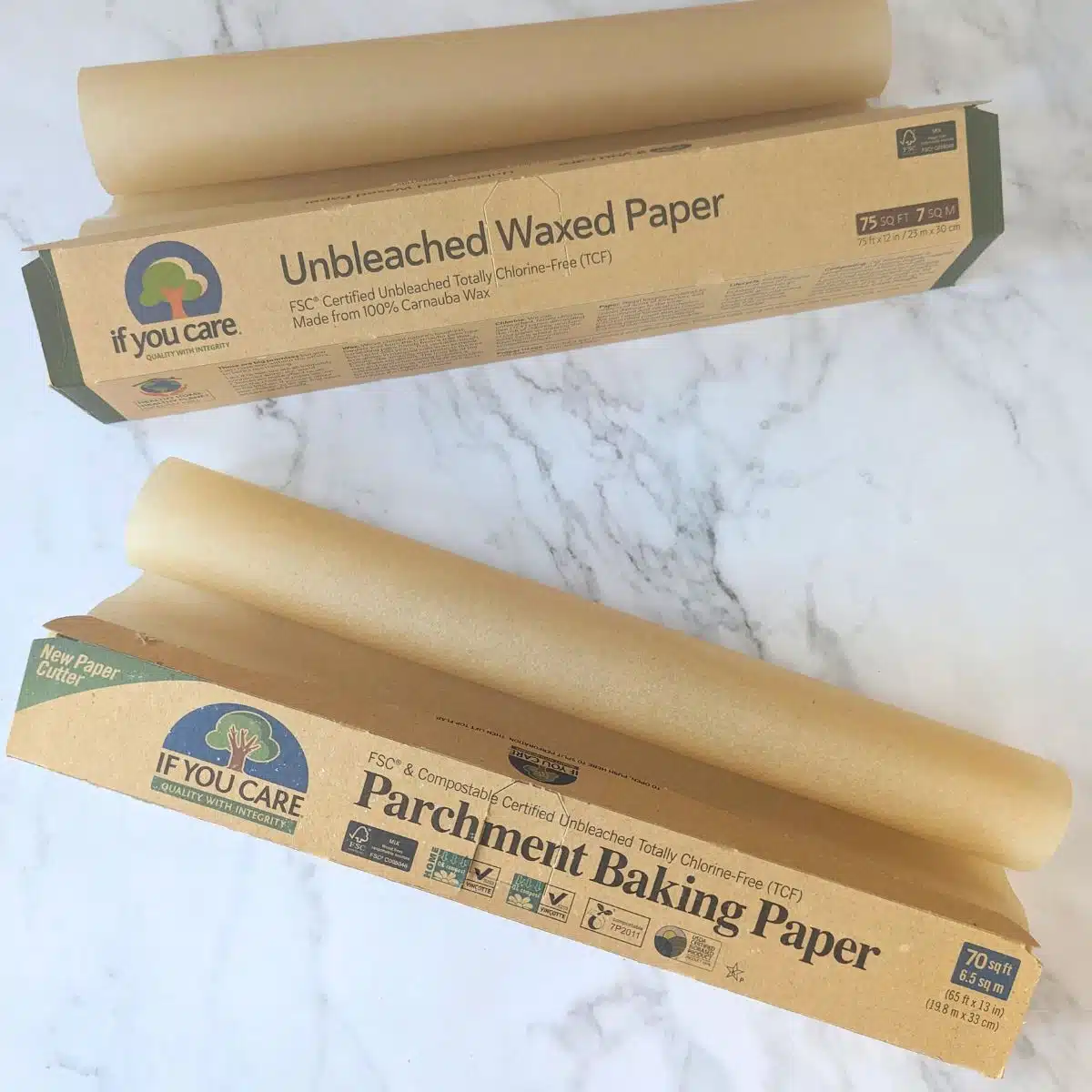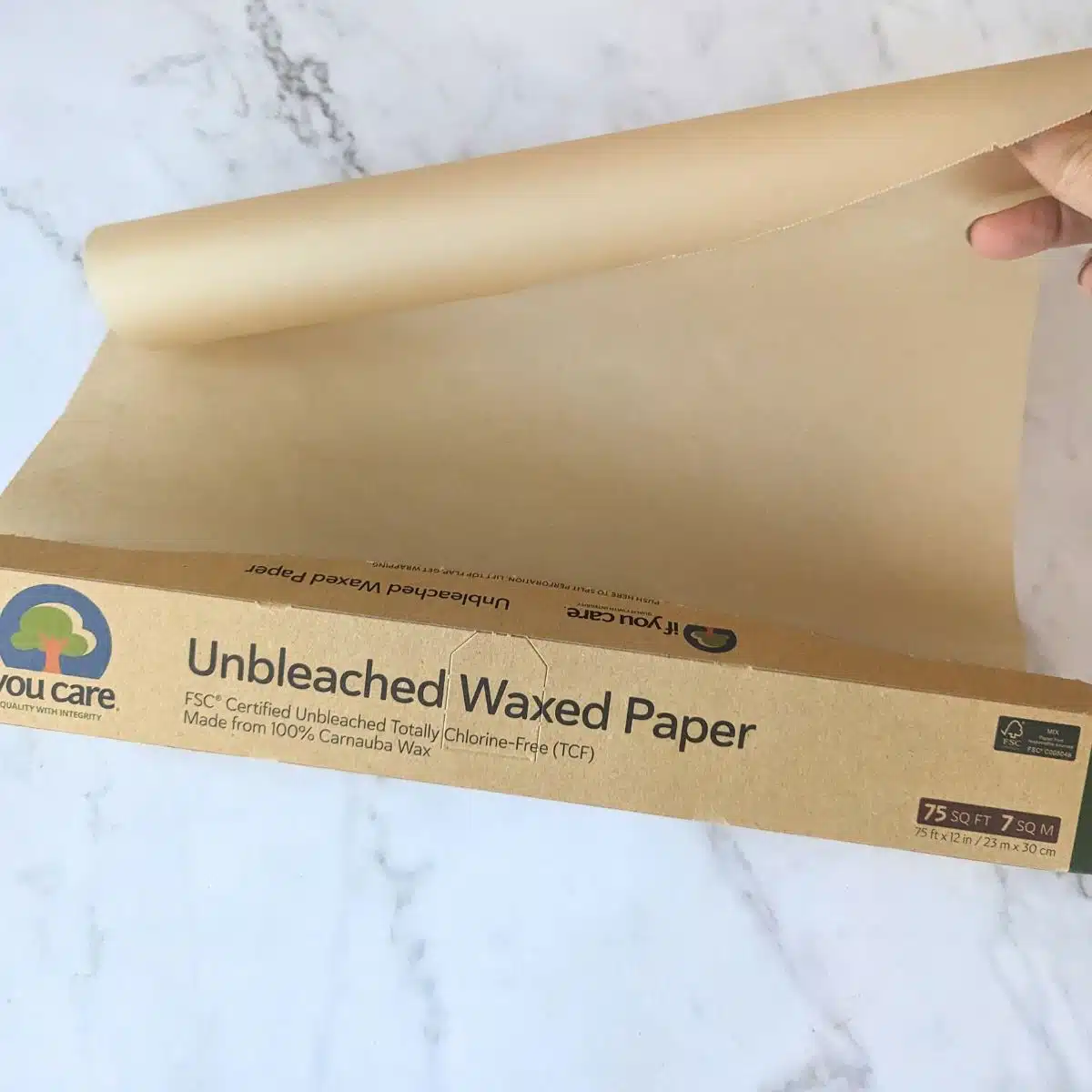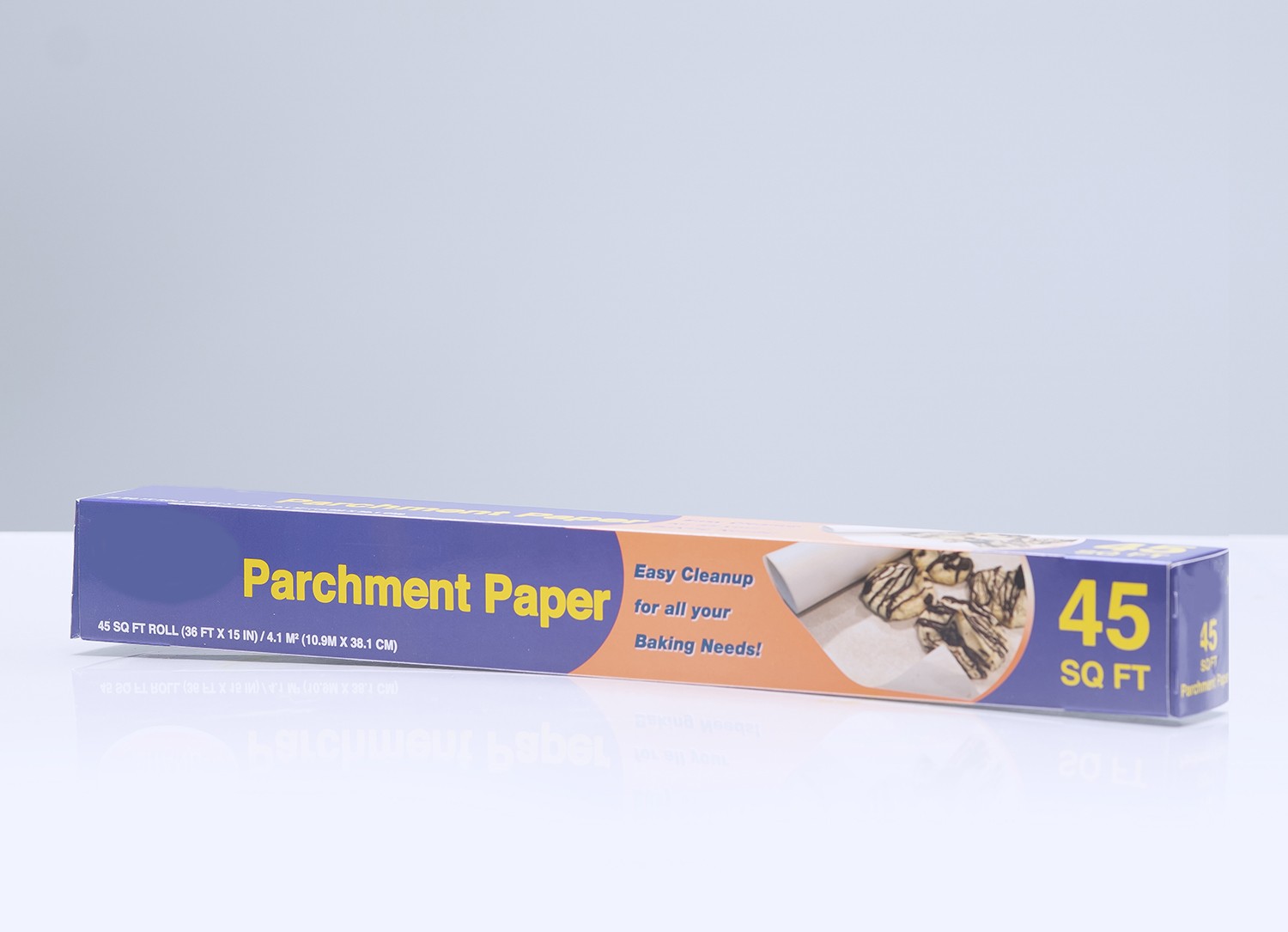Many individuals often mistake parchment paper for waxed paper due to their similar appearances. However, these kitchen essentials serve distinct purposes and possess unique characteristics. Gaining insight into their differences is crucial for achieving optimal results in cooking, baking, and food storage.
Parchment paper and waxed paper are indispensable tools in kitchens globally. Although they share some resemblances, their composition, functionality, and safety profiles are markedly different. Recognizing when to use each type of paper can significantly enhance your culinary experience and ensure food safety.
In this comprehensive guide, we delve into the distinctions between parchment paper and waxed paper, explore their uses, and offer guidance on selecting the appropriate option for your needs. Whether you're a novice home cook or an experienced chef, this article will equip you with the knowledge necessary to make informed decisions in the kitchen.
Table of Contents
- Introduction
- What is Parchment Paper?
- What is Waxed Paper?
- Key Differences Between Parchment and Waxed Paper
- Common Uses of Parchment Paper
- Common Uses of Waxed Paper
- Can Waxed Paper Substitute Parchment Paper?
- Health and Safety Considerations
- Environmental Impact
- Buying Guide: How to Choose the Right Paper
- Conclusion
Exploring Parchment Paper
Parchment paper, often referred to as bakery paper, is a highly versatile kitchen essential crafted from paper treated with sulfuric acid during its production process. This treatment imparts a non-stick, heat-resistant, and moisture-proof surface, making it perfect for a wide range of cooking applications.
This type of paper is frequently employed in baking as a lining for baking sheets, preventing food from adhering and simplifying cleanup. Additionally, it is utilized in roasting, steaming, and cooking en papillote—a technique where food is cooked inside a sealed parchment paper packet.
Composition and Characteristics
- Parchment paper is coated with silicone, which provides its non-stick properties.
- It is heat-resistant, withstanding temperatures up to 420°F (218°C) or higher, depending on the brand.
- The paper is moisture-proof, preventing liquids from seeping through during cooking.
Understanding Waxed Paper
Waxed paper, as its name implies, is coated with a thin layer of wax, usually paraffin or soy-based wax. This coating renders the paper resistant to moisture and grease, making it ideal for wrapping and storing food.
- Norman Names
- Millbutn Deli
- Theaters Inalinas Ca
- So Cal Edison Blackouts
- Who Playsally In The Nightmare Before Christmas
Unlike parchment paper, waxed paper lacks heat resistance and should not come into direct contact with heat sources. It is primarily employed for food preparation and storage tasks that do not involve cooking.
Composition and Characteristics
- Waxed paper is coated with a layer of wax, which gives it its moisture and grease-resistant properties.
- It is not heat-resistant and can melt or ignite if exposed to high temperatures.
- The paper is biodegradable and often used as an eco-friendly alternative for food wrapping.
Key Distinctions Between Parchment and Waxed Paper
Although both parchment paper and waxed paper are kitchen staples, they differ significantly in terms of composition, functionality, and safety. Below are the primary distinctions between these two:
Heat Resistance
- Parchment paper is heat-resistant and safe to use in ovens, grills, and other cooking appliances.
- Waxed paper is not heat-resistant and should not be used in direct contact with heat sources.
Coating
- Parchment paper is coated with silicone, providing a non-stick surface.
- Waxed paper is coated with wax, making it resistant to moisture and grease.
Uses
- Parchment paper is ideal for baking, roasting, and cooking en papillote.
- Waxed paper is suitable for food preparation, wrapping, and storage tasks that do not involve heat.
Versatile Applications of Parchment Paper
Parchment paper is a highly adaptable kitchen essential with numerous applications. Below are some common uses of parchment paper:
Baking
- Line baking sheets with parchment paper to prevent cookies, cakes, and other baked goods from sticking.
- Use parchment paper as a base for rolling out dough to prevent it from sticking to the countertop.
Roasting
- Place parchment paper on roasting trays to catch drippings and simplify cleanup.
- Use parchment paper to wrap vegetables or fish for roasting in the oven.
Steaming
- Use parchment paper to create steam packets for cooking seafood, vegetables, or other delicate foods.
Practical Uses of Waxed Paper
Waxed paper is primarily utilized for food preparation and storage tasks that do not involve heat. Below are some common uses of waxed paper:
Wrapping
- Wrap sandwiches, pastries, or other foods with waxed paper to keep them fresh and prevent them from sticking together.
Preparation
- Use waxed paper to dust surfaces with flour or sugar when preparing dough or other sticky ingredients.
Is Waxed Paper a Suitable Substitute for Parchment Paper?
In most scenarios, waxed paper cannot replace parchment paper, particularly in situations involving heat. The wax coating on waxed paper can melt or ignite if exposed to high temperatures, making it unsafe for baking or roasting.
However, for non-heat-related tasks such as wrapping or storing food, waxed paper can serve as a suitable alternative to parchment paper. Always consider the intended use before substituting one for the other.
Health and Safety Guidelines
Both parchment paper and waxed paper are generally safe for food contact when used as directed. Nonetheless, adhering to safety guidelines is essential to ensure food safety and avoid potential hazards.
Safety Tips for Parchment Paper
- Opt for high-quality parchment paper that is free from harmful chemicals and additives.
- Do not exceed the recommended temperature limit of the parchment paper to avoid burning or releasing harmful fumes.
Safety Tips for Waxed Paper
- Avoid using waxed paper in direct contact with heat sources to prevent melting or ignition.
- Ensure that the waxed paper is food-safe and free from harmful substances.
Environmental Considerations
The environmental impact of parchment paper and waxed paper hinges on their composition and disposal methods. Both papers are generally biodegradable, but their coatings can influence their recyclability.
Parchment paper is often crafted from renewable resources and is recyclable in certain regions. However, the silicone coating may restrict its recyclability in some areas. Waxed paper, conversely, is typically biodegradable, but the wax coating can complicate recycling efforts.
Selecting the Right Paper: A Buying Guide
When choosing between parchment paper and waxed paper, consider the intended use, safety requirements, and environmental impact. Below are some tips for selecting the appropriate paper for your needs:
Quality Matters
- Select high-quality papers that are free from harmful chemicals and additives.
- Look for certifications such as FDA approval or other food safety standards.
Sustainability
- Choose papers made from renewable resources and biodegradable materials.
- Factor in the recyclability of the paper and its coating when making your decision.
Final Thoughts
To summarize, while parchment paper and waxed paper may appear similar at first glance, they serve distinct roles in the kitchen. Parchment paper excels in cooking and baking due to its heat-resistant and non-stick properties, whereas waxed paper is better suited for food preparation and storage tasks that do not involve heat.
Comprehending the differences between these two papers can aid you in making informed decisions and achieving the best outcomes in your cooking and baking endeavors. Always consider the intended use, safety requirements, and environmental impact when selecting the appropriate paper for your needs.
Feel free to leave a comment or share this article with your friends and family. For more informative articles on cooking and baking tips, visit our website regularly.



Detail Author:
- Name : Miss Katelyn Hermann
- Username : rsauer
- Email : lind.regan@hotmail.com
- Birthdate : 1986-06-20
- Address : 69761 Gavin Plaza South Dorcas, NC 79652-1209
- Phone : +1-858-676-2587
- Company : Monahan, Hirthe and Hammes
- Job : Urban Planner
- Bio : Qui eius mollitia asperiores deserunt quia iure quia. Numquam architecto molestiae autem odio veniam laudantium in. Recusandae voluptates vitae aut id impedit consectetur.
Socials
linkedin:
- url : https://linkedin.com/in/jaskolski2007
- username : jaskolski2007
- bio : Et quia quidem quia aut vero ut.
- followers : 3014
- following : 1340
tiktok:
- url : https://tiktok.com/@oscar_jaskolski
- username : oscar_jaskolski
- bio : Et velit est perferendis non. Recusandae dolores enim voluptas molestias.
- followers : 994
- following : 1155